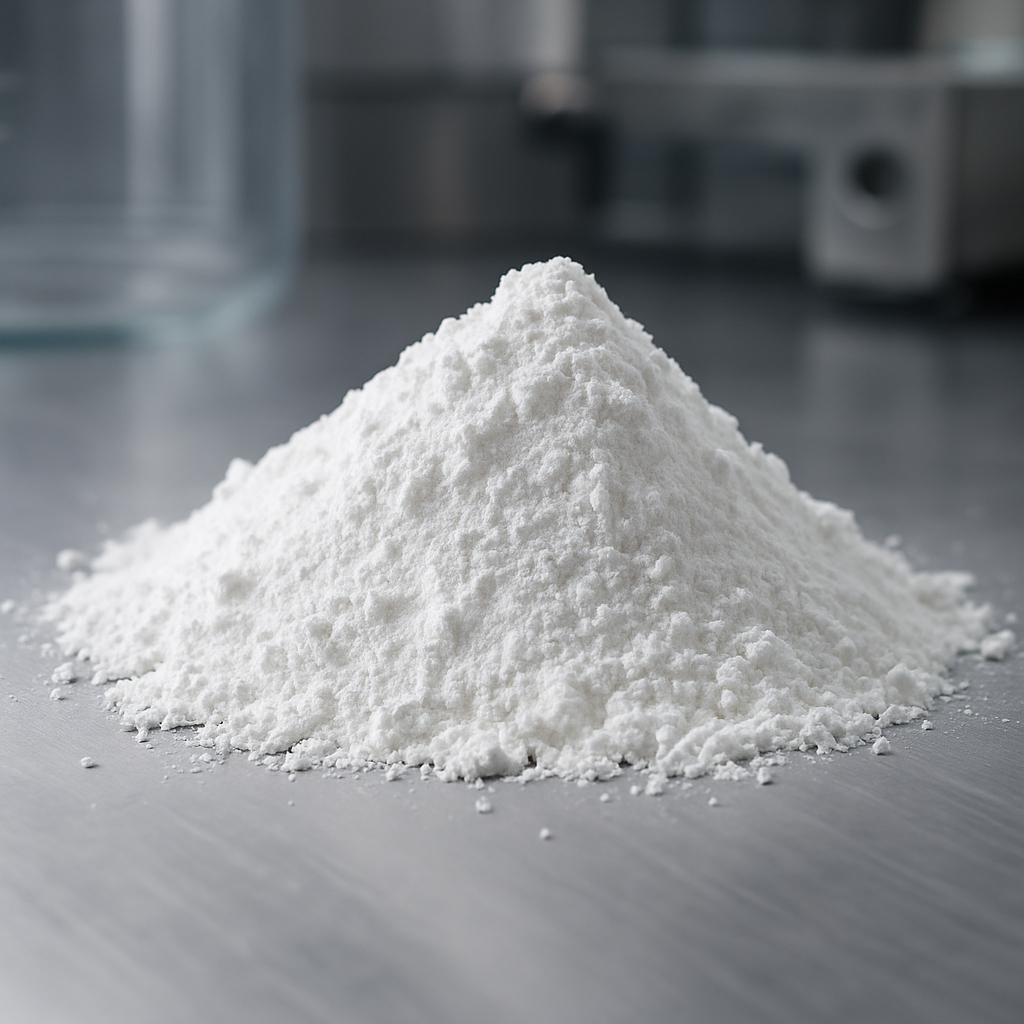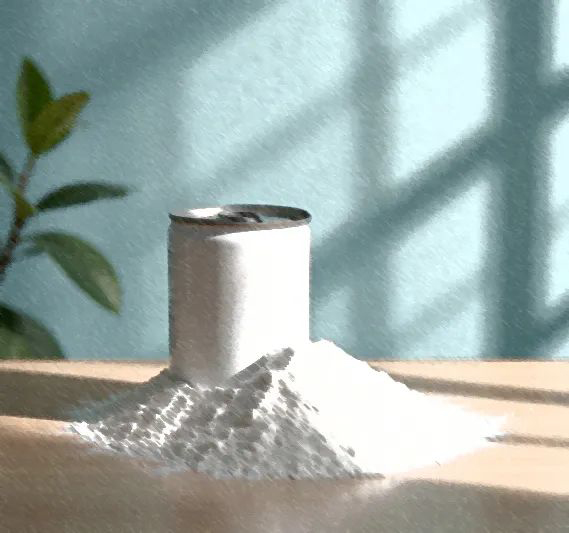As a core raw material indispensable to industries such as coatings, plastics, paper, and rubber, titanium dioxide is known as the “MSG of industry.” While supporting a market value nearing RMB 100 billion, this traditional chemical sector is entering a period of deep adjustment, facing multiple challenges such as overcapacity, environmental pressure, and technological transformation. At the same time, emerging applications and the fragmentation of global markets are bringing new strategic turning points for the industry.
01 Current Market Status and Growth Constraints
China’s titanium dioxide industry is currently undergoing deep structural adjustment. According to research data, the production volume in China reached approximately 4.76 million tons in 2024 (with around 1.98 million tons exported and 2.78 million tons sold domestically). The industry is primarily affected by two combined factors:
Domestic Demand Under Pressure: The real estate downturn has led to a sharp decline in demand for architectural coatings, reducing the share of traditional applications.
Pressure in Overseas Markets: China’s titanium dioxide exports have declined, with major export destinations such as Europe, India, and Brazil significantly affected by anti-dumping measures.
Statistics show that in 2023 alone, 23 small and medium-sized titanium dioxide manufacturers were forced to shut down due to non-compliance with environmental standards or broken capital chains, involving more than 600,000 tons of annual capacity.

02 Highly Polarized Profit Structure
The titanium dioxide industry chain ranges from upstream titanium ore resources to midstream production via the sulfuric acid and chloride processes, and finally to downstream application markets.
Upstream: Prices for domestic titanium ore and sulfur remain high.
Midstream: Due to environmental and cost pressures, the average gross margin of sulfuric acid process producers has declined, with some SMEs and downstream users facing losses.
Downstream: The structure is undergoing a fundamental transformation. Traditional applications are limited, while new scenarios are “taking over” but lag behind in matching the pace of capacity expansion. Examples include coatings for medical device housings and food-contact materials, which demand higher purity and particle uniformity, thus driving growth in specialty products.
03 Fragmentation of the Global Competitive Landscape
The dominance of international giants is loosening. Foreign companies' market shares are shrinking, while Chinese manufacturers are gaining ground in Southeast Asian markets through integrated industrial chain advantages. For example, LB Group’s chloride-process capacity has exceeded 600,000 tons, and Chinese titanium dioxide factories continue to increase their market share, directly benchmarking against top global players.
With industry consolidation accelerating, the CR10 concentration ratio is expected to surpass 75% in 2025. However, new entrants are still emerging. Several phosphorus chemical companies are entering the titanium dioxide field by utilizing waste acid resources, a circular economy model that reduces production costs and is reshaping traditional competition rules.
04 The Breakthrough Strategy for 2025
Technological iteration and product upgrading are key to breaking through. Nano-grade titanium dioxide sells for five times the price of standard products, and medical-grade products boast gross margins above 60%. As such, the specialty titanium dioxide market is expected to exceed RMB 12 billion in 2025, with a compound annual growth rate of 28%.

Global deployment opens up new opportunities. Despite anti-dumping pressures, the trend of “going global” remains unchanged—whoever seizes the international market seizes the future. Meanwhile, emerging markets such as India and Vietnam are experiencing annual coating demand growth of 12%, offering a strategic window for China’s capacity exports. Facing a projected market scale of RMB 65 billion, the race toward industrial upgrading has entered its sprint phase.
For the high-quality development of the titanium dioxide industry, whoever achieves structural optimization, technological breakthroughs, and global coordination will gain a first-mover advantage in this trillion-yuan upgrade race.
Post time: Jul-04-2025





